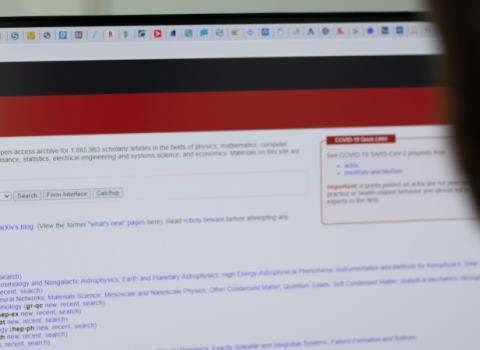
A top priority is to remove all major bottlenecks to the flow of knowledge and to the emergence of what Geoghegan-Quinn called a, “Single Market for Research and Innovation.”
Speaking at the European Technology Platforms Conference in Brussels, Geoghegan-Quinn said the strategy, which is part of the Europe 2020 plan, will be ready by September, in time for heads of state to hold a special discussion on research and innovation at the Autumn European Council. “As you can see, research and innovation are riding high in the political agenda, a sign of their growing importance for our economy and society,” Geoghegan-Quinn told delegates.
While many of the details are still in the pipeline, the main features have been agreed. Geoghegan-Quinn said the strategy will make clear the intention to refocus research and innovation policies on the major challenges facing Europe such as climate change, energy and resource efficiency, health and ageing. “They’re top priorities for policy-makers, and they also represent, as I’m sure those with an entrepreneurial outlook will agree, huge commercial opportunities,” she said.
The strategy will be based on a broad understanding of innovation, covering not just research, but also innovation in business models, management structures and processes, the delivery of services by the public sector, as well as innovation in design and marketing, and also social innovation - meaning innovation in, for example, working practices and community-building. “So it's clearly not only about research spending,” the Commissioner said.
The strategy will propose measures to improve the mobility and careers of researchers. “I want to remove, once and for all, the pension and social security obstacles which hinder and at times prevent researchers from moving freely between countries,” Geoghegan-Quinn said.
It will include measures to catalyse an increase in the public procurement of innovation, creating new opportunities for businesses, and leading to better services for citizens.
Developing and optimising Europe's R&D performance will be a further core feature of the strategy, which will include measures for developing world-class research infrastructures ranging from polar research vessels and bio-banks, to particle accelerators and very large telescopes.
Geoghegan-Quinn added, “I want the strategy to help put an end to the fragmentation of national research efforts and the wasteful duplication that this leads to. At a time when public finances are under such pressure, we must get the most out of every cent we spend.”
The Commissioner promised to tie Framework Programme 8 much more closely to the major societal challenges and ensure it has more leeway to fund innovation and added, “I will simplify its financial and administrative procedures so that it can be even more effective: you should read the Communication on Simplification adopted by the Commission two weeks ago as my declaration of intent.”
Geoghegan-Quinn also gave further details of the proposed European Research & Innovation Partnerships to be between the EU, the Member States, industry and all relevant stakeholders. “Let me be very clear,” she said, “These Partnerships will not be another initiative, mechanism or instrument to run alongside existing ones. On the contrary, they will be a framework for integrating whatever is relevant. I see this as a great opportunity to simplify our actions and focus efforts on what is really important. The Research & Innovation Strategy will identify a first set of these Partnerships."
Partnerships will combine demand- and supply-side measures and weave together existing initiatives. In addition, they will have clear targets; aim for results that have significant market potential on at least a European and ideally a global scale; be based on a roadmap showing who does what; engage the support of a significant number of EU countries; and have a simple governance structure.
“We’re exploring funding options [...], and will be seeking the strong political commitment of the Member States. We’re developing ideas on what the first set of Partnership topics could be, and taking soundings with many interested parties,” Geoghegan-Quinn said.




 A unique international forum for public research organisations and companies to connect their external engagement with strategic interests around their R&D system.
A unique international forum for public research organisations and companies to connect their external engagement with strategic interests around their R&D system.